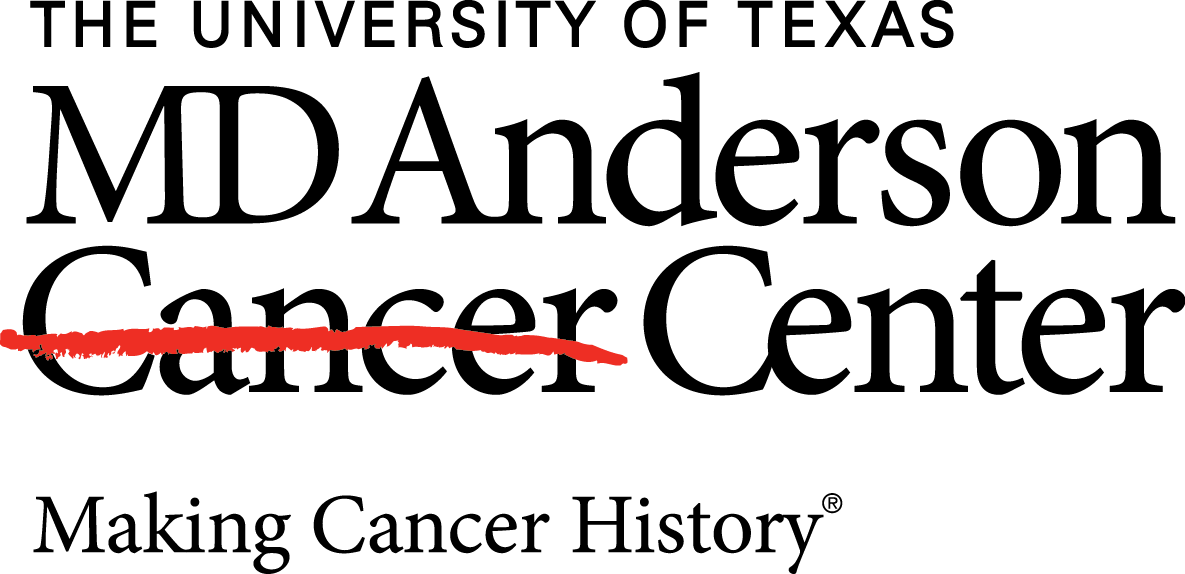- Advertise
- About OncLive
- Editorial Board
- MJH Life Sciences brands
- Contact Us
- Privacy
- Terms & Conditions
- Do Not Sell My Information
2 Clarke Drive
Suite 100
Cranbury, NJ 08512
© 2025 MJH Life Sciences™ and OncLive - Clinical Oncology News, Cancer Expert Insights. All rights reserved.
Dr. DiNardo on Rationale to Combine Enasidenib and Azacitidine in AML
Courtney DiNardo, MD, MSCE, discusses the rationale to combine enasidenib (Idhifa) with azacitidine in acute myeloid leukemia.
Courtney DiNardo, MD, MSCE, clinical researcher in the Department of Leukemia of the Division of Cancer Medicine at The University of Texas MD Anderson Cancer Center, discusses the rationale to combine enasidenib (Idhifa) with azacitidine in acute myeloid leukemia (AML).
For older patients with AML who are ineligible for intensive chemotherapy, the standard of care in the United States has been azacitidine, says DiNardo. Although treatment with azacitidine is resulting in complete remission rates of about 20% and overall response rates of about 30%, the median overall survival is under 12 months—leaving room for improvement, says DiNardo.
The IDH2 inhibitor enasidenib was since emerged in the paradigm and has been approved for use in patients with relapsed/refractory IDH2-mutant AML. In the phase II AG221-AML-005 trial, investigators have set out to see if combining the agent with azacitidine in patients with newly diagnosed disease could lead to improved outcomes, says DiNardo.
Data from the trial presented at the 2019 ASH Annual Meeting showed that the combination led to a significant improvement complete remission and overall response compared with azacitidine alone. At a median follow-up of 14 months, the median event-free survival was 17.2 months in those who received the combination versus 10.8 months in those given azacitidine.


